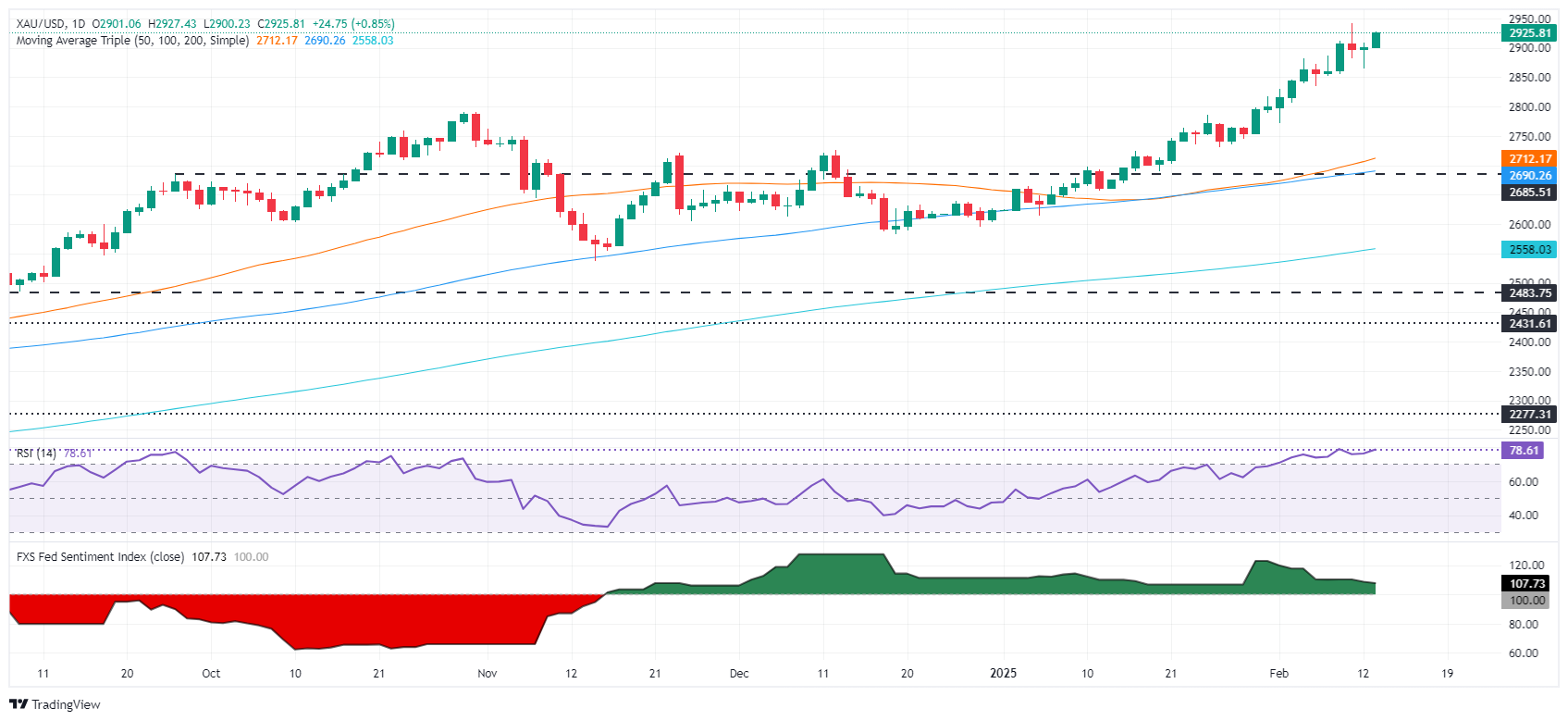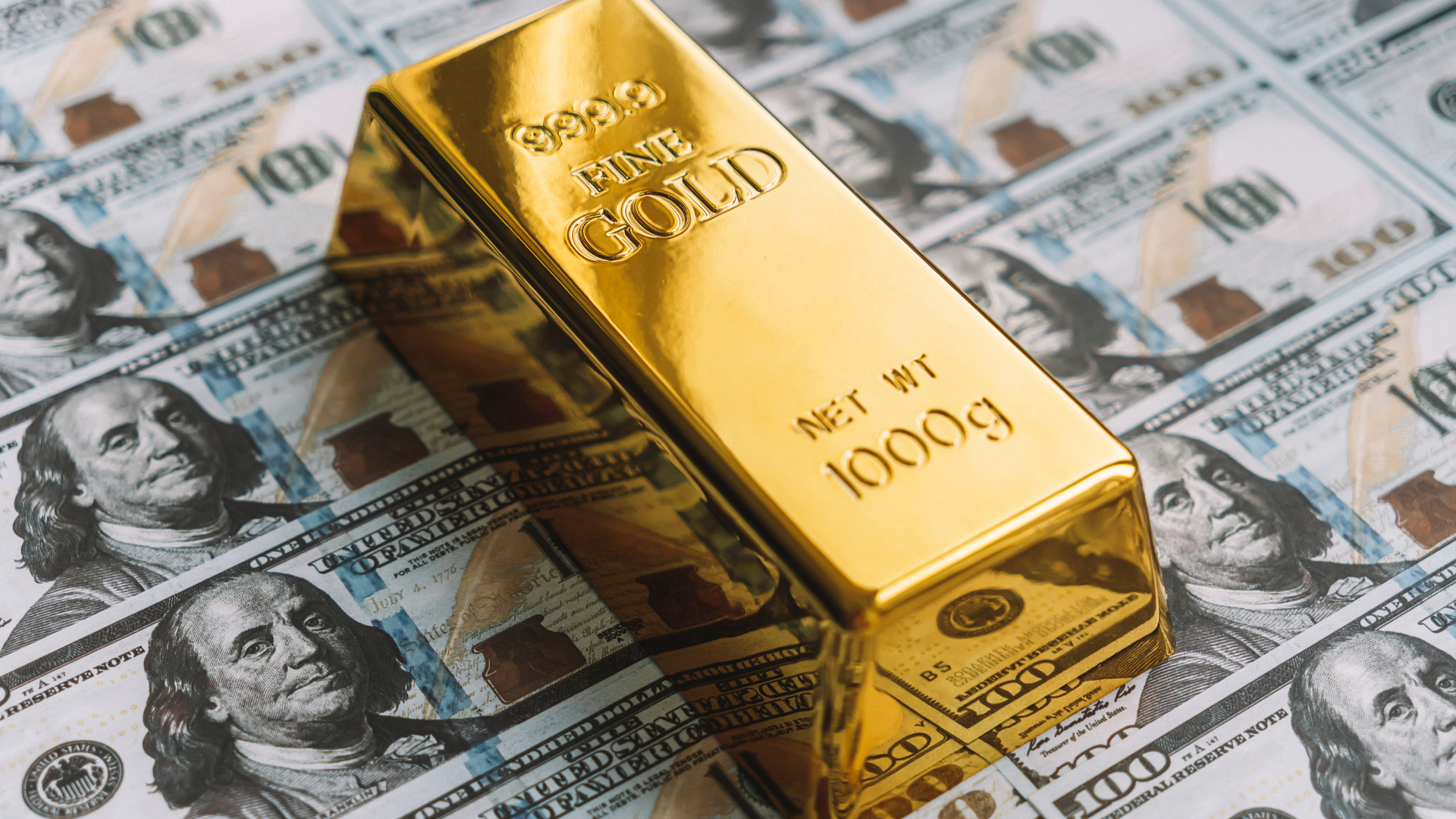Gold prices edged higher as investors turned to the metal amid rising concerns over potential US tariff measures. Market uncertainty surrounding trade policies has pushed traders toward safe-haven assets, reinforcing gold’s role as a hedge against economic instability.
The metal’s advance comes as reports suggest the US may escalate tariff policies, sparking fears of renewed trade tensions that could impact global supply chains and economic growth. In response, gold has seen increased demand, with investors looking for protection against potential market volatility and currency fluctuations.

XAU/USD 1-D Chart as of February 13th, 2025 (Source: TradingView)
Meanwhile, the US dollar has remained relatively firm, limiting gold’s upside momentum. Typically, a stronger dollar makes gold more expensive for overseas buyers, but uncertainty surrounding Federal Reserve policy has kept the metal supported. If the Fed signals a more cautious stance on interest rates, gold could see further gains as lower yields enhance its appeal.
Broader geopolitical risks have also contributed to gold’s resilience, with investors closely monitoring developments in trade, inflation, and global economic stability. The metal has historically performed well during periods of uncertainty, as market participants seek alternative stores of value.
Despite the bullish sentiment, analysts warn that gold may face resistance at key price levels if risk sentiment stabilizes. Much will depend on how US policymakers approach trade measures, as well as upcoming economic data that could influence central bank decisions.
For now, traders are keeping a close eye on developments, with gold’s next move likely tied to shifts in risk appetite and macroeconomic trends. Any signs of escalating trade tensions could further support the metal, while easing concerns may lead to short-term consolidation.
With markets in flux, gold remains a key asset to watch, as investors weigh its role in navigating economic uncertainty and shifting policy dynamics.













